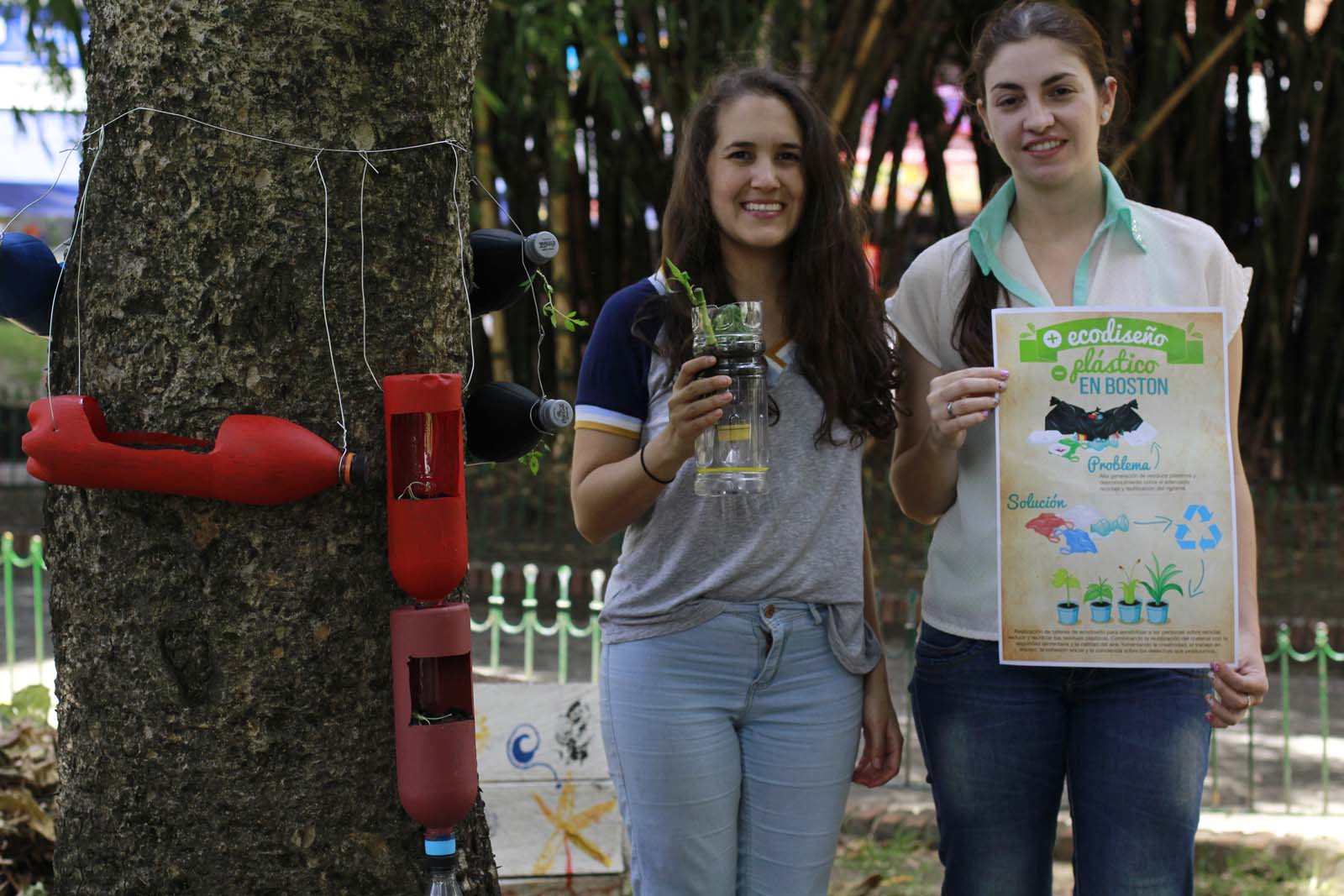
Participatory Urban Metabolism in Medellín, Phase 2: Expanding data collection and analysis to new types of neighborhoods
After co-creating more robust urban knowledge systems in some of the city’s poorest and most violent hillside neighborhoods during Phase I of the Ecocity Builders (ECB) / Secondary Cities (2C) Medellín implementation of Project Urbinsight, the team determined that the next priority neighborhood type should be a mixed income city center neighborhood. Many neighborhoods of this type are situated within the city center amongst more wealthy business districts, but are overlooked by the municipality. As a result, community members of these neighborhoods often have lower earnings, high unemployment, reduced waste collection services, reduced security or health services, and increased air pollution.
 Building on Phase I partnerships, another objective was to expand the project and develop new and lasting partnerships well suited to implement the Urbinsight tools and methodologies with decreased support necessary from the 2C and ECB teams. On recommendation by the planning department, University of EAFIT took the lead as the main academic partner. Through its Urban Research institute, URBAM, the university has strong community and municipal relationships, positioning EAFIT to continue implementing community based data collection drives, mapathons, and data sharing partnerships throughout the greater Aburrá Valley in Colombia.
Building on Phase I partnerships, another objective was to expand the project and develop new and lasting partnerships well suited to implement the Urbinsight tools and methodologies with decreased support necessary from the 2C and ECB teams. On recommendation by the planning department, University of EAFIT took the lead as the main academic partner. Through its Urban Research institute, URBAM, the university has strong community and municipal relationships, positioning EAFIT to continue implementing community based data collection drives, mapathons, and data sharing partnerships throughout the greater Aburrá Valley in Colombia.
The lead academic at EAFIT, Alejandro Vanegas, strongly recommended Boston, a neighborhood characterized as the intended archetype (mixed-income, city center). The city planning department approved this selection and provided neighborhood map layers to help develop the work plan. Meanwhile, ECB teamed with EAFIT and the planning department to invite Low Carbon City (LCC), a Medellín-based and internationally recognized non-profit organization with strong ties to the Boston community, to join as the community based partner.
Technical Training and Knowledge
The 2C Urbinsight course commenced in early May 2017 with 25 participants, a mixture of professionals from various backgrounds who were energized in participatory sessions drawn from the EcoCompass curriculum on community engagement, GIS, neighborhood archetyping, and urban metabolism by a dynamic team of course facilitators from EAFIT, LCC, and the Medellín Planning Department.
Community Roundtable
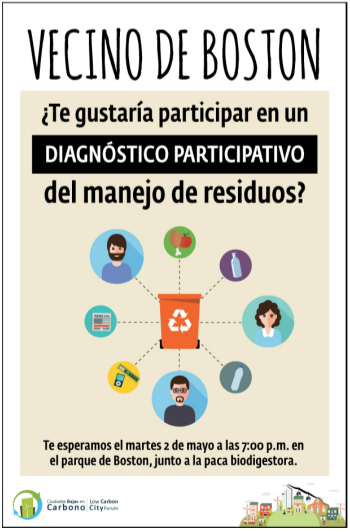
Recruitment poster for community members in Boston to participate in the project. Courtesy Low Carbon City.
Course participants first engaged with Boston community members via a Community Roundtable event and neighborhood tour. They divided into six groups that would focus on the six most problematic material groups for the neighborhood: plastics, papers, organics, glass, mixed materials, and oils. Community members participated by working directly with each group to discuss how each material was being used in their community.
It was determined that the following step would be a neighborhood data collection event during which neighbors would be surveyed and course participants would complete urban resource flow diagrams of solid waste/materials. Community members agreed to assist course participants in connecting with additional community volunteers to participate in the audit.
Data collection in neighborhood (household waste audits)
Using smartphone GPS as well as printed surveys and urban metabolism excel workbooks, participants conducted household waste audits on select households for 8 weeks to get an in-depth look at how the community typically uses the most common materials This was followed by 55 additional waste/materials surveys using a one time proximated audit.
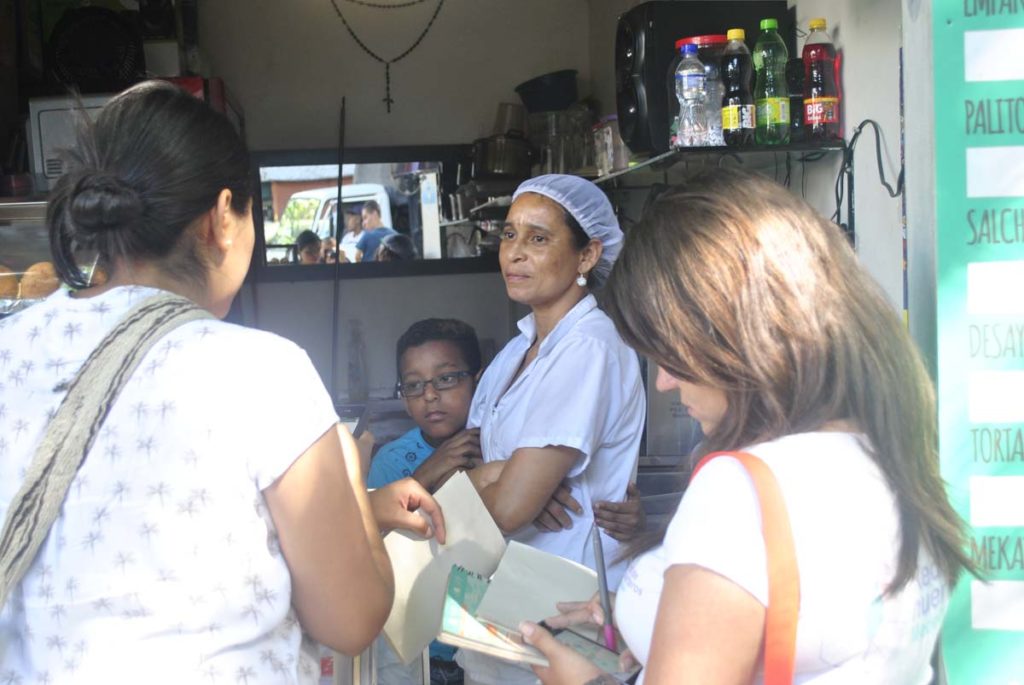
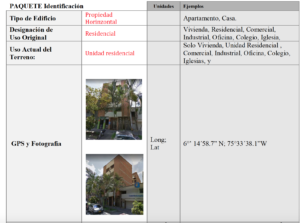
Sample data collected on neighborhood building typologies, including photos and GPS coordinates. Click to enlarge.
In addition to the waste/materials data collected, 120 quality of life surveys were administered for participants and the community to better understand overall neighborhood perceptions about urban life and services in the neighborhood (see map).
After the data collection activities, the course participants divided into research teams based on categories of materials that were found to be the most common in the waste stream: plastic, glass, metal, paper, organic, hazardous waste and oils, and mixed waste. Using the field data, they produced reports and presentations on actions that citizens can take to reduce demand, increase efficiency, and reuse/repurpose and recycle materials at home and in the neighborhood in order to decrease waste issues and hazards in public spaces.
Mapathons
Course participants engaged in two mapathons under the instruction of Liseth Garcia to complete data georeferencing and analysis on a waste and materials audit on sample homes within the Bostón neighborhood. Community sourced, original data was geoprocessed to develop geospatial layers, to later be available for further analysis and map development.
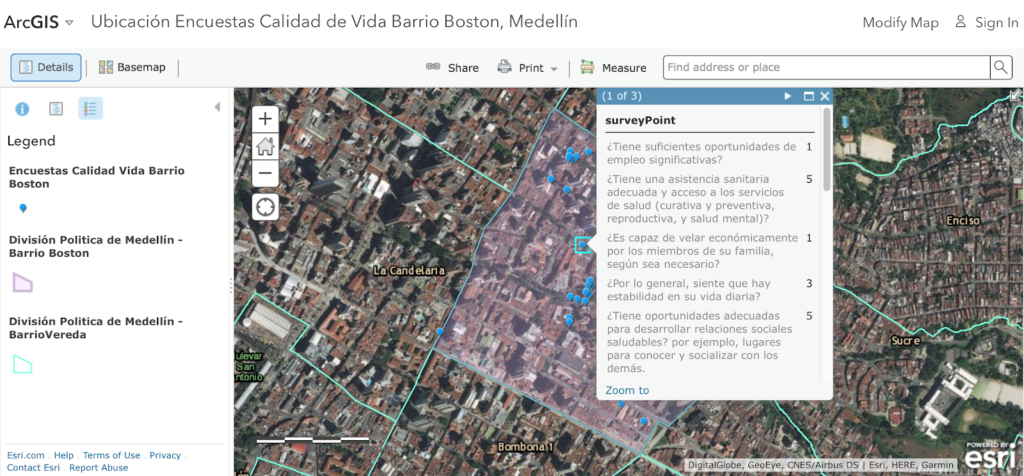
Mapping the QoL survey locations and responses in the Boston neighborhood.
They then worked with ECB, LCC and the Planning Department to integrate municipal data layers with the 2C original data layers to produce original maps to be included in their presentations to the community members.

Sample of materials prepared by community partner LLC for neighborhood workshops in the Boston community.
Final community event
In the final community event that took place in the Boston neighborhood, each group presented interactive participatory educational activities that relates to their type of resource topic to further demonstrate their findings. They developed visual information and posters like the below example to “tell the story” of materials and urban metabolism and the role citizens play in resource cycles.
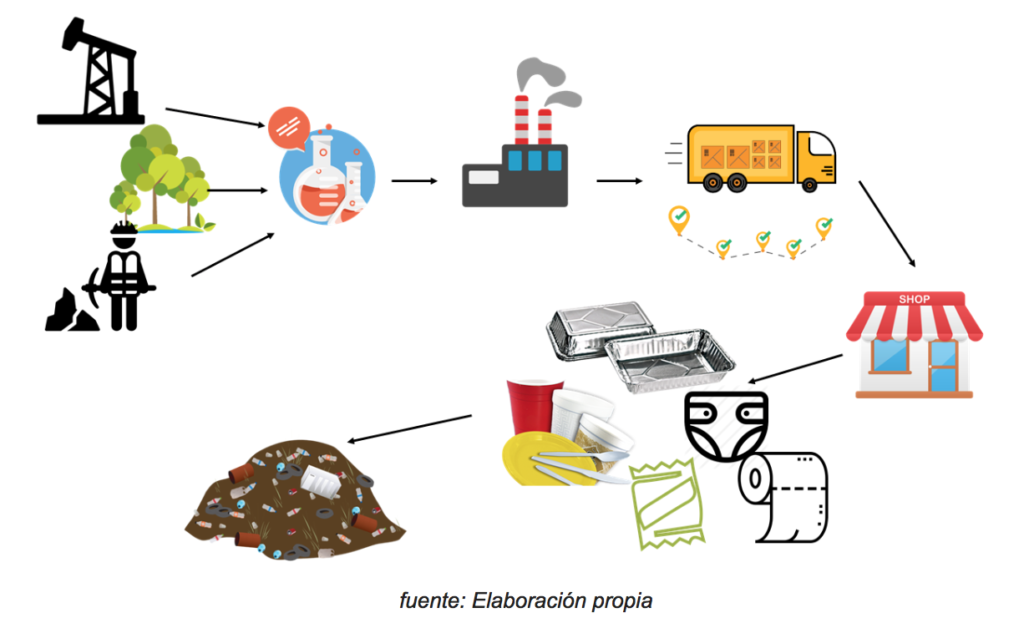
Above: Poster created by participants to “tell the story” of materials and urban metabolism and the role citizens play in resource cycles.
Below: project partners conduct neighborhood meetings and develop community videos to educate citizens on waste/materials issues.
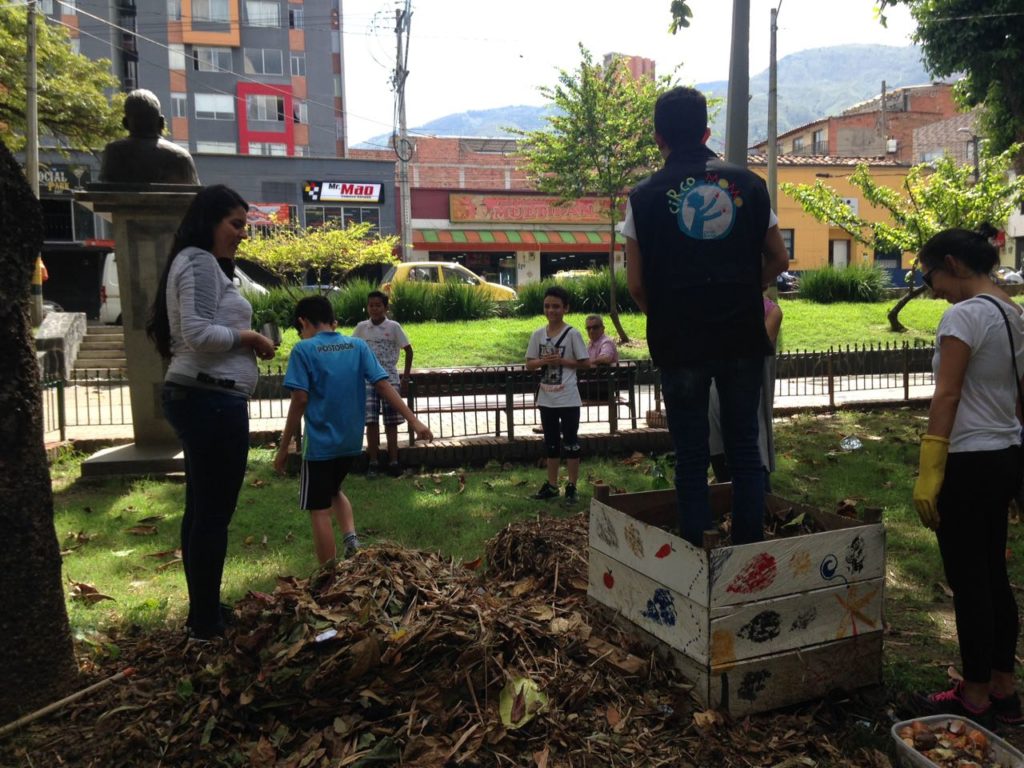
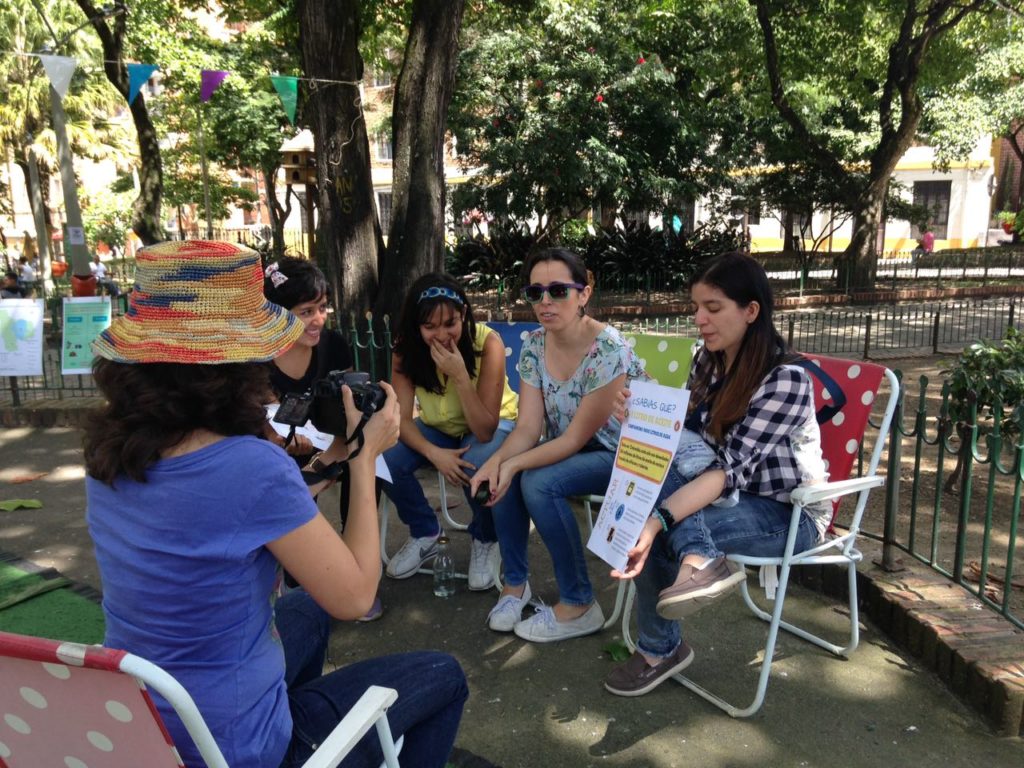
Videos for neighborhood engagement
In order to further raise the profile of the issues around waste/materials and ways to address them, the participants developed short videos like the following two about plastics and cooking oil to educate the Boston neighborhood citizens and showcase community solutions.
Next steps
Since their collaboration in 2017, the course participants and community based organization have maintained a strong connection to the planning office, which has been analyzing all course data to be officially recognized by the municipality and included in their open data portal for planning and analysis. Intrigued by the potential use of the Urban Metabolism assessment methodology, Planning Department professionals asked to collaborate with the 2C team on a city-wide data collection exercise to complete all available UM studies.
The project is now entering its next phase during which the partners are once again coming together to create a Sustainable Neighborhood Plan. Building from initial and ongoing urban metabolism assessments, methods and participatory processes, the plan is meant to be adaptable and replicable and is based on Ecocity Builders’ bottom up approach to ecocity development, underscored by urban metabolic information systems (UMIS) assessments at the neighborhood scale. Ecocity Builders is currently working in partnership with EAFIT University, Low Carbon City, and UN Environment and they expect to have the plan finished in June of this year.
This article is part of a blog/vlog series about urban metabolism and its utility in city planning and management while shifting resource flows from linear toward circular. As part of UN Environment’s Global Initiative for Resource Efficient Cities (GI-REC), these educational posts and videos produced by Ecocity Builders in coordination with the Sustainability Institute, urban Modelling and Metabolism Assessment, and Metabolism of Cities, seek to equip city managers and practitioners with the tools and know-how to build and transition towards low-carbon, resilient, and resource efficient cities using integrated systems approaches such as urban metabolism.


Pingback:Ecocity Builders | Profiles in Urban Metabolism: A Multimedia Showcase for Exploring, Measuring and Guiding Progress Toward Resource Efficient Cities
Posted at 16:59h, 30 April[…] Phase II of the project, the 2C/Medellín team determined that the next priority neighborhood type should be a mixed income […]
Pingback:Urban Metabolism: A Real World Model for Visualizing and Co-Creating Healthy Cities – The Nature of Cities
Posted at 06:24h, 24 July[…] materials and energy metaflow charts for Medellín, courtesy of Ecocity Builders. For Phase II of the project, the team determined that the next priority neighborhood type should be a mixed income city center […]
Pingback:Urban Metabolism, Part 5: Expanding Data Collection And Analysis To New Types Of Neighborhoods in Medellín, Colombia (Phase 2) – GI-REC
Posted at 02:08h, 16 August[…] Originally posted on: https://ecocitybuilders.org/participatory-urban-metabolism-medellin-phase-2/ […]